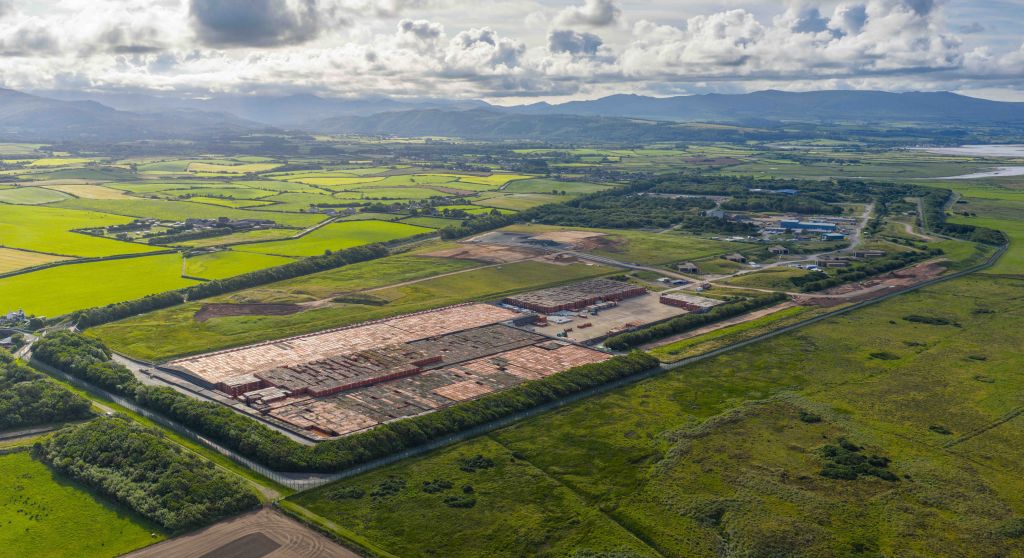Drigg, the UK’s only low-level radioactive waste repository, offers a striking example of long-term stewardship of nuclear byproducts — from its beginnings in 1959 through to planned closure by 2127, and full decommissioning by 2135.
The facility, managed by Nuclear Waste Services, operates vaults and legacy trenches, containerises waste in engineered concrete “bathtubs,” and is moving toward major milestones like capping vault 8 and the legacy trenches to secure protection across many generations.
🌳 What stands out is how Drigg balances rigorous safety engineering, regulatory oversight, and environmental care (including wildlife management and site monitoring), while adapting to external pressures — such as weather, coastal exposure, and evolving regulations. It demonstrates how nuclear waste infrastructure isn’t just about containment; it’s deeply about community trust, transparency, design for the far future, and the people who make all of this possible.
Image taken from the above article, credit NWS

